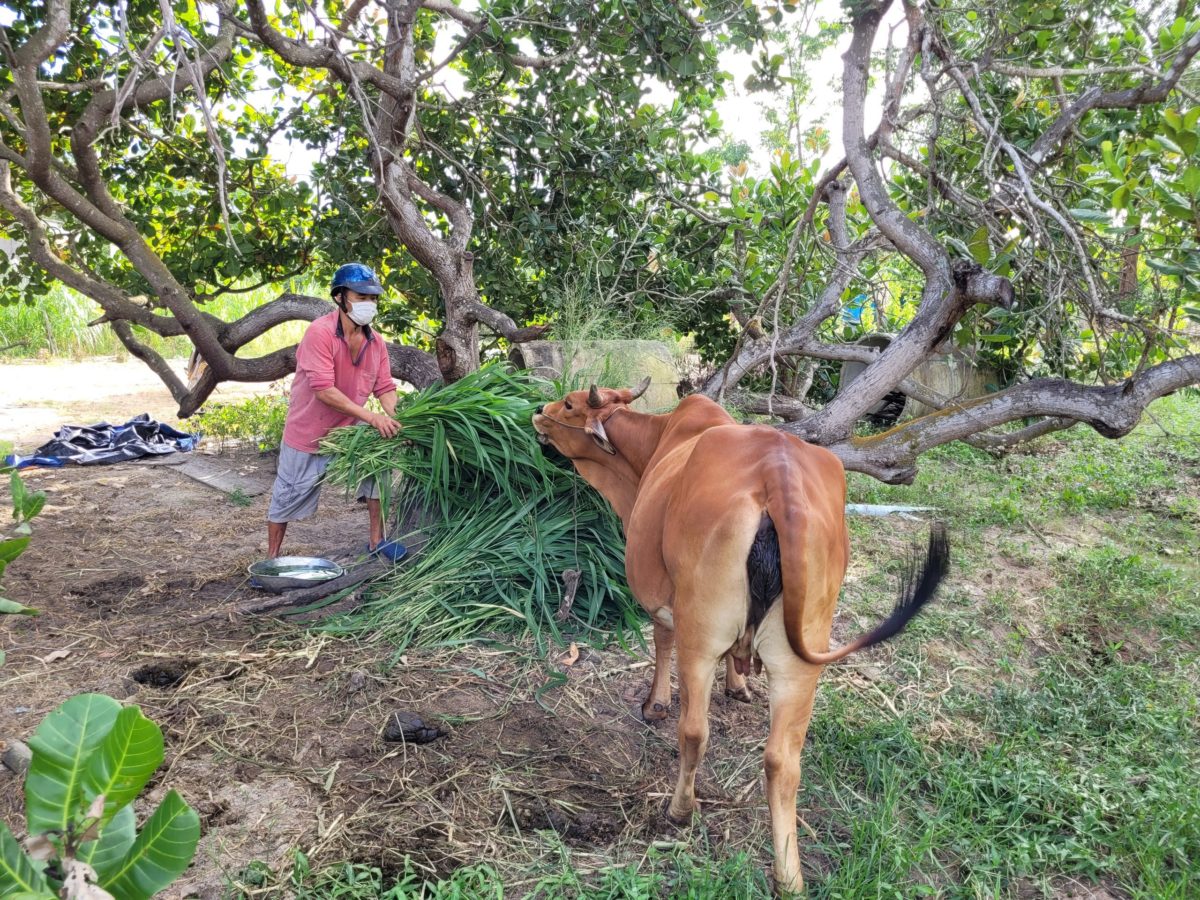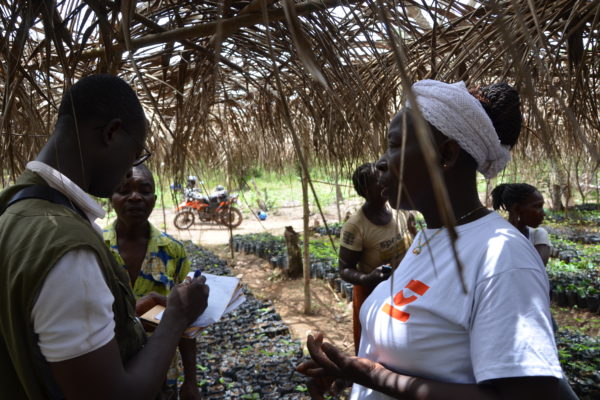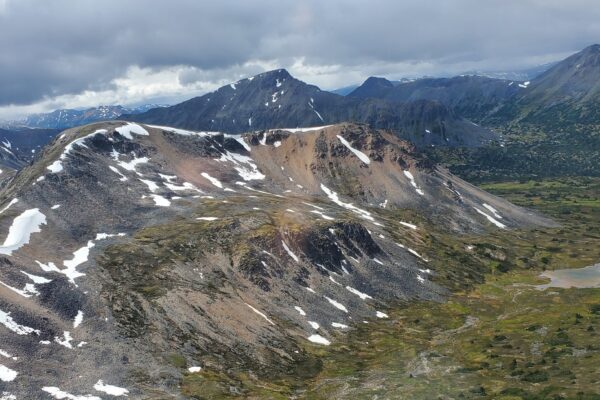5-minute read
In partnership with Nestlé and One Tree Planted, Earthworm Foundation has helped farmers plant over 264,000 tree, shrub and grass seedlings (slips) in Ham Tan District, Vietnam.
“The rainy and dry seasons here normally last about six months each,” said Nguyen Cong My, a farmer from Son My commune. “But the rainy season grows shorter by the day, while the dry season lasts longer. There was a month during this rainy season where we had no rain, causing water shortages.”
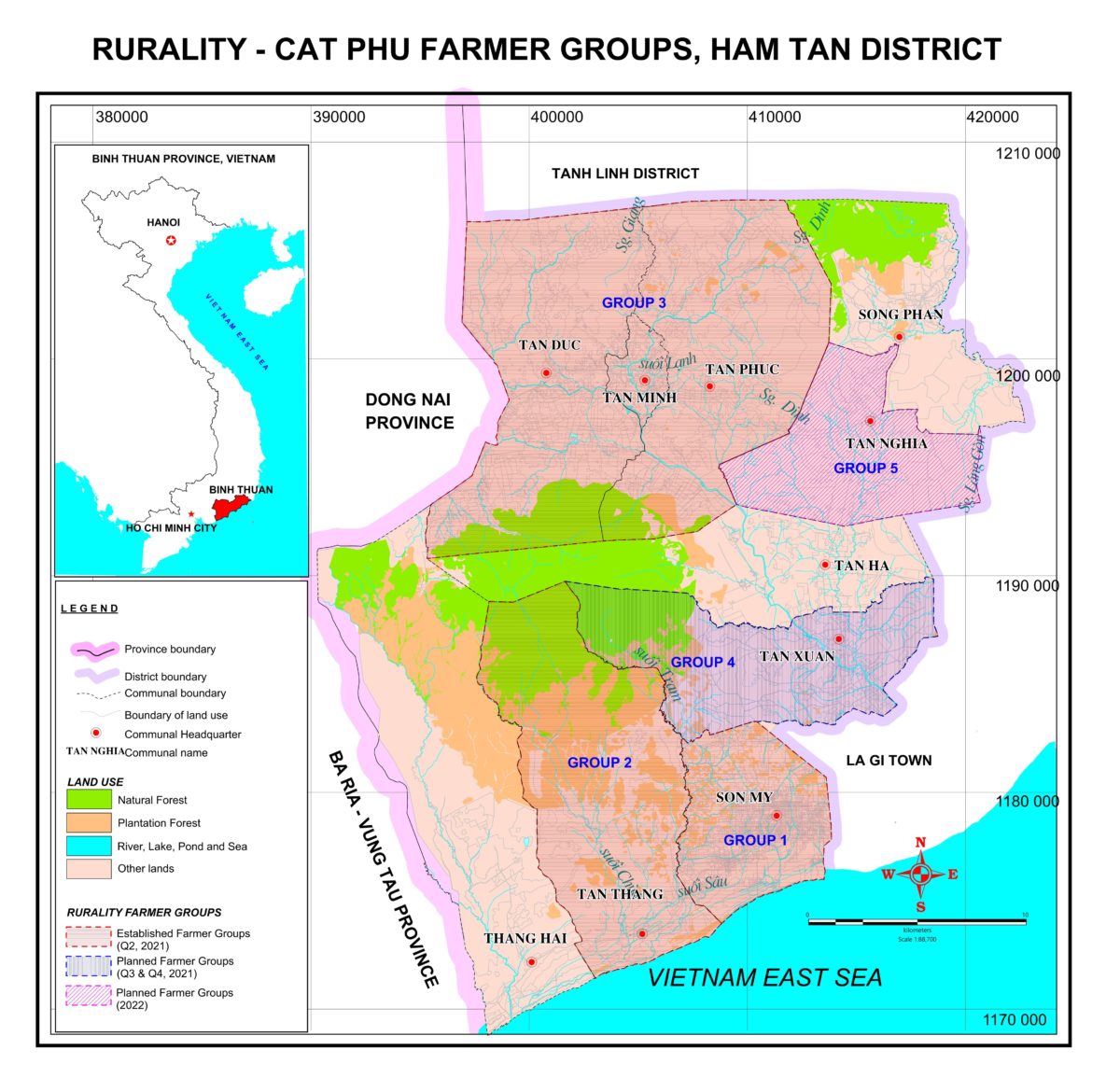
The air is hotter recently, with a longer dry season, said farmer Tan Van Cu. This causes groundwater levels to drop, drying up local springs. Less groundwater also affects wells that supply local residents.
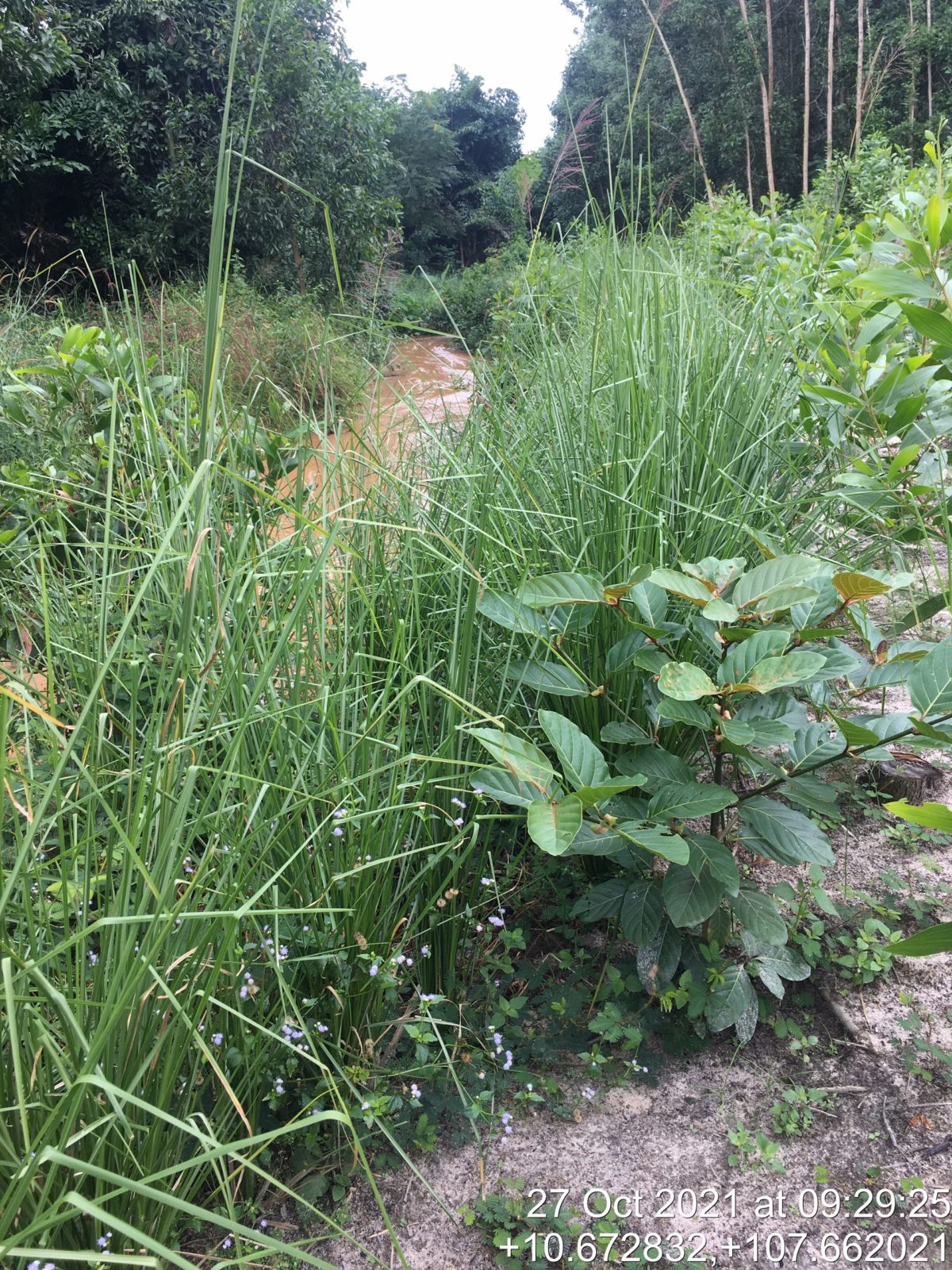
“An important aim was to restore degraded riparian areas,” said Dale Garner, who leads Earthworm’s work in Vietnam. “Prevalent farming practices like removing native vegetation along waterways, planting acacia up the edge of streambanks and using fire during replanting leaves these areas vulnerable to soil erosion and exacerbates land degradation, affecting water quality and causing loss of arable land.”
About 52 k.m. of riparian areas – land bordering streams – have been restored in this process. Earthworm prioritised tree species that once existed in local natural forests but have been lost through land conversion. Four of these are listed as vulnerable or endangered on the IUCN (International Union for Conservation of Nature) Red List – Dipterocarpus Alatus, Hopea Odorata, Afzelia Xylocarpa and Dalbergia Oliveri.
This demonstrates how partnering with farmers can be positive for communities, landscapes and ecosystems, Garner said.
“Critical to the approach is the inclusion of livelihood benefits for farmers to diversify household income and promote self-sufficiency, which is vital to ensuring the long-term success of restoration activities with smallholders,” he said.
In 2021, this included bamboo, bananas, river tamarind (Leucaena Leucocephala), vetiver (Chrysopogon Zizanioides), and mombassa grass (Panicum Maximum), all of which farmers can sustainably harvest to sell, consume or feed to livestock as supplementary feed.

“Tackling climate change requires innovative solutions that work at the farm-level,” he said. “But this project also provides a precedent for businesses to invest in healthy ecosystems in their supply chain.”
Initiated in 2020, the project involves 213 farmers and one school group. Seedlings, fertiliser, manure and transport were provided, with farmers giving land and labour in return.
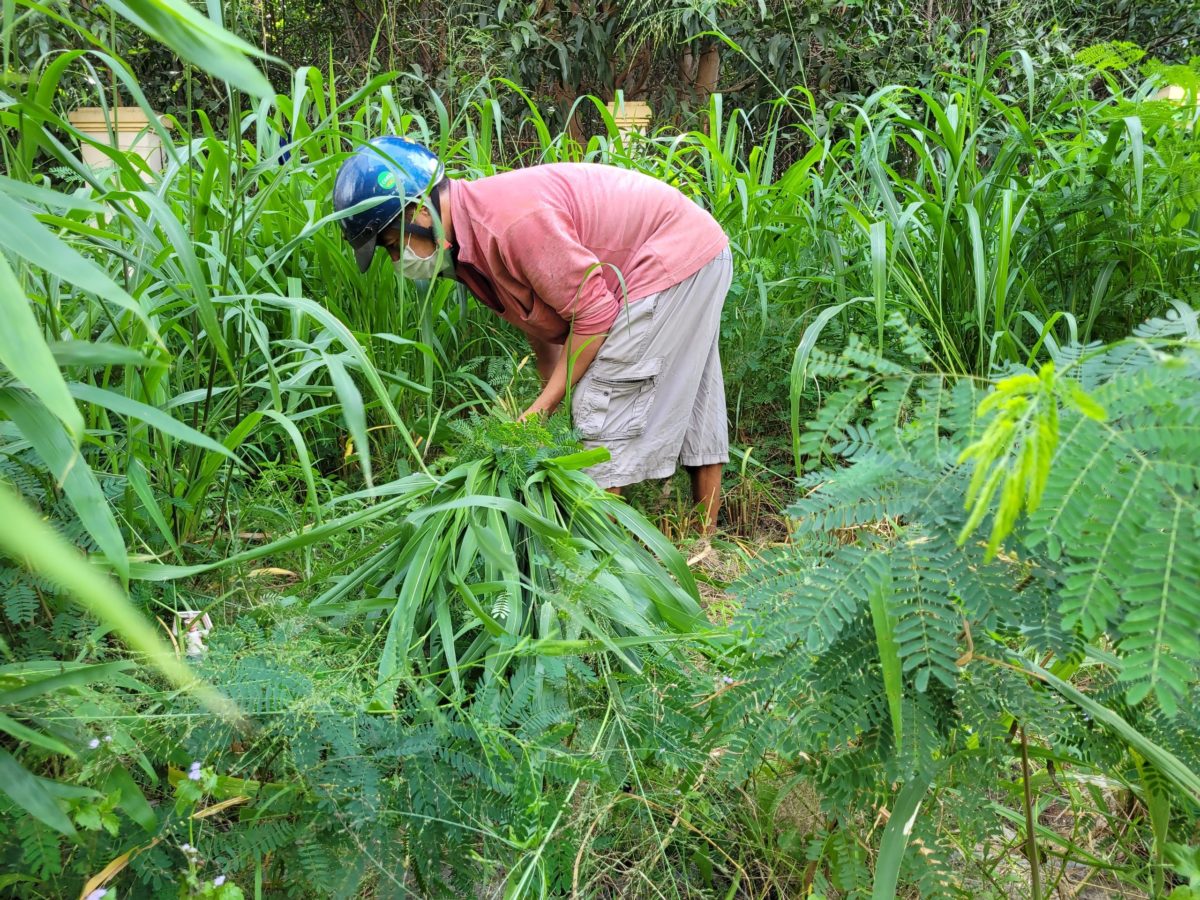
“We worked with farmers from the beginning,” said Thinh Nguyen Duc from Earthworm’s field team in Vietnam. “From selecting tree species to choosing and planting the seedlings.”
There were several challenges though, he said.
“Getting quality seedlings was a challenge,” he said. “As was getting farmers to follow the planting design, along with seedlings not surviving the journey from nurseries to farms. This pushed planting to the end of the wet season.”
Besides giving farmers quality seedlings and fertilizer, there was a lot of trust built, said Thien, a farmer from Son My Commune.
“This project was meaningful to us,” he said. “It gave us the opportunity to earn income by growing bamboo shoots to sell, gigantea for raising livestock and vetiver leaves for soil cover in our vegetable gardens.”
The Mombasa grass helped feed his cow while, reducing the time spent collecting grass for their feed, said farmer Duong Duc Linh.
“I’ve already started to use some of the bamboo shoots, which I also plan to sell,” said farmer Nguyen Du.
Future plans include continuing the partnership with One Tree Planted and expanding the work to more farmers in Vietnam.
